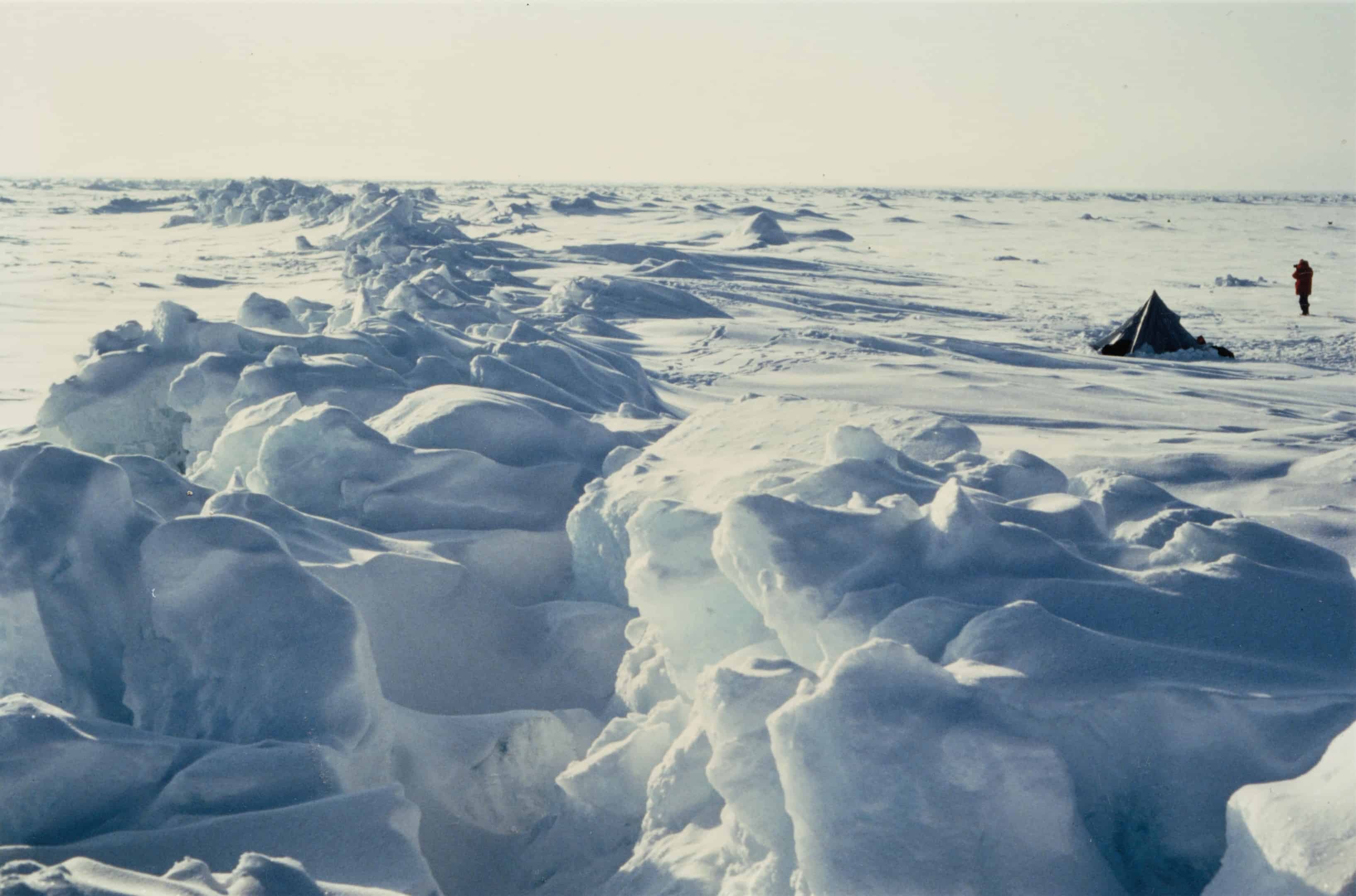
Researchers from Aarhus University, Stockholm University, and the US Geological Survey warn that Arctic summer sea ice may soon vanish, with consequences for climate and ecosystems. Sediment samples from the “Last Ice Area” in the Lincoln Sea reveal sea ice melted 10,000 years ago at temperatures akin to today’s. Melting sea ice can amplify global warming as it reflects solar rays, while a dark sea absorbs over ten times more solar energy. The study brings both good and bad news; the trend is reversible with ambitious emission reductions and political goals, but urgent action is required.
The Last Ice Area’s history
The Last Ice Area, situated north of Greenland and Canada, serves as a sanctuary for all-year sea ice in the face of climate change. The study, recently published in Communications Earth & Environment, examined sediment samples from the Lincoln Sea, a part of the Last Ice Area. These samples revealed that around 10,000 years ago, during the Early Holocene period, sea ice in the region melted away during summer months, transitioning from perennial to seasonal sea ice.
It is important to note that the higher temperatures during the Early Holocene were due to natural climate variability, rather than the human-induced warming observed today. The researchers utilised data from this period to predict when the sea ice will melt under current conditions.
Algae as climate indicators
By studying molecules from algae that are only produced when there is sea ice, the researchers were able to determine when summer ice was present in the area. The study found a strong link between seasonal sea-ice conditions and regional atmospheric temperatures. In Aarhus, the marine samples were analysed in collaboration with Associate Professor Marianne Glasius and academic technical staff Mads Mørk Jensen from the Department of Chemistry.
Assistant Professor Christof Pearce at the Department of Geoscience, Aarhus University, explained that climate models have suggested summer sea ice in this region will melt in the coming decades, but the exact timeline remains uncertain. However, the project has demonstrated that we are very close to this scenario, and only a slight temperature increase will result in ice melt.
Consequences of melting sea ice
If the sea ice in the Lincoln Sea begins to melt during summer months, it can have major consequences for climate and ecosystems. The white ice’s reflective properties help to prevent solar energy absorption, whereas a dark sea would absorb over ten times more solar energy, thereby exacerbating global warming. Furthermore, the melting ice can impact ecosystems, as the algae studied by researchers serve as food for fish, which in turn provide sustenance for birds and other organisms.
Assistant Professor Henrieka Detlef at the Department of Geoscience expressed that it is still unknown how marine ecosystems will be affected globally if the sea ice disappears. The Arctic has experienced warming at a faster rate than the rest of the world in recent decades, a phenomenon known as Arctic amplification. The study concludes that, considering anthropogenic warming and Arctic amplification, an imminent transition to seasonal sea-ice in the southern Lincoln Sea is likely, even if global temperature rise is kept below the threshold of two degrees Celsius compared to the pre-industrial era (1850-1900).
A call to action
The study brings both good and bad news for the climate. The bad news is that sea ice melting may occur very soon. On the other hand, the good news is that the trend is reversible, and we can take action to counter it by reducing greenhouse gas emissions and setting ambitious political goals. If global temperatures can be stabilised or even reduced, the sea ice could potentially return to the area.
Christof Pearce emphasises the study’s findings as a wake-up call, urging immediate action to mitigate the situation. Despite the urgency, he believes the situation is not more depressing, but rather highlights the need to act now to effect change.



